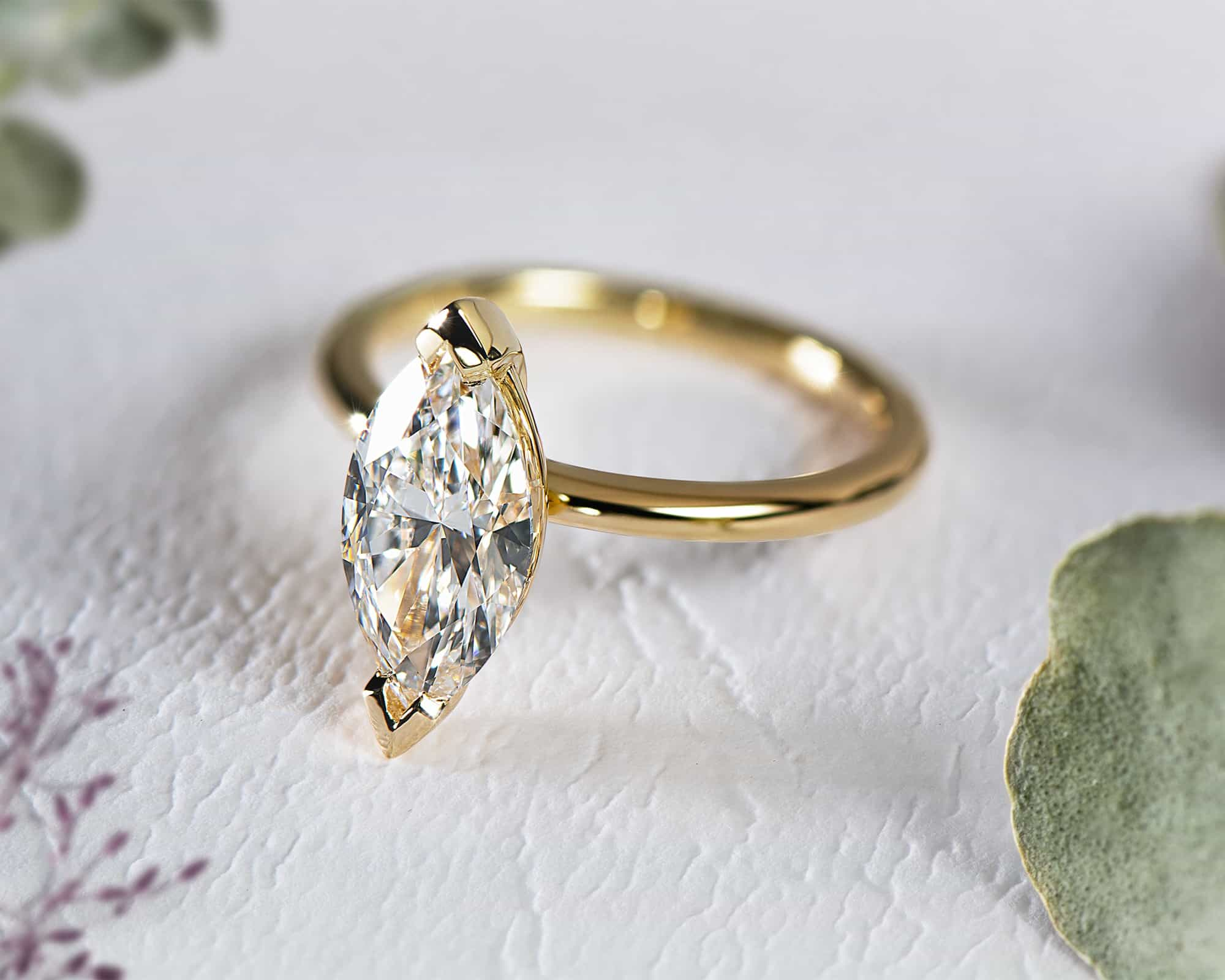Diamonds have long symbolized love, commitment, and eternal elegance. However, traditional diamond mining practices often come with a heavy environmental and ethical cost. Today, more and more consumers seek Diamanten ohne schlechtes Gewissen, opting for eco-friendly and ethically sourced alternatives. In this comprehensive guide, we will explore the various options available for conscientious diamond buyers, ensuring your purchase aligns with both your values and aesthetics.
The Ethical Dilemma of Traditional Diamond Mining
Traditional diamond mining has been associated with severe environmental degradation and human rights abuses. Mining activities often lead to deforestation, soil erosion, and significant water pollution. Furthermore, the infamous “blood diamonds” or conflict diamonds have funded wars and human rights violations in various regions.
To combat these issues, the Kimberley Process Certification Scheme (KPCS) was introduced to prevent the flow of conflict diamonds. However, this system is not foolproof, and some conflict diamonds still slip through the cracks. Thus, many consumers are turning towards more reliable and ethical alternatives.
Lab-Grown Diamonds: A Sustainable Choice
Lab-grown diamonds, also known as synthetic or cultured diamonds, are chemically and physically identical to natural diamonds but are created in a controlled laboratory environment. These diamonds offer a sustainable alternative with several advantages:
- Environmental Benefits: Lab-grown diamonds require significantly less land and water and produce fewer carbon emissions compared to traditional mining.
- Ethical Assurance: Since they are created in a lab, there is no risk of funding conflict or unethical labor practices.
- Cost-Effective: Typically, lab-grown diamonds are 20-40% cheaper than their natural counterparts, offering more value for money.
Types of Lab-Grown Diamonds
Lab-grown diamonds are produced using two primary methods:
- High Pressure High Temperature (HPHT): This method mimics the natural conditions under which diamonds form in the Earth’s mantle.
- Chemical Vapor Deposition (CVD): This process involves breaking down carbon-rich gases to deposit diamond layers onto a substrate.
Both methods produce high-quality diamonds, and the choice between them depends on specific preferences and budget.
Recycled Diamonds: Preserving History
Recycled diamonds are another excellent option for the eco-conscious consumer. These diamonds are pre-owned and have been re-cut or reset into new jewelry. By choosing recycled diamonds, you contribute to reducing the demand for new mining and its associated environmental impact.
Benefits of Recycled Diamonds
- Environmental Conservation: Reusing diamonds minimizes the need for new mining activities.
- Unique Heritage: Recycled diamonds often come with a rich history, adding a unique story to your jewelry piece.
- Value for Money: These diamonds can often be more affordable compared to new, mined diamonds.
Ethically Sourced Natural Diamonds
For those who prefer natural diamonds, several measures ensure ethical sourcing:
- Fair Trade Certification: This certification guarantees that the diamonds are mined under fair labor practices and safe working conditions.
- CanadaMark Diamonds: Mined in Canada’s Northwest Territories, these diamonds adhere to strict environmental and ethical standards.
- Botswana Diamonds: The diamond industry in Botswana is renowned for its positive socio-economic impact on the local communities.
Ensuring Ethical Sourcing
When purchasing a natural diamond, look for certifications and origins that guarantee ethical practices. Trusted certifications include:
- Kimberley Process Certification: While not perfect, it helps to filter out conflict diamonds.
- Responsible Jewellery Council (RJC): Members adhere to stringent ethical, social, and environmental practices.
- Gemological Institute of America (GIA): Provides detailed reports ensuring the diamond’s origins and ethical sourcing.
Choosing the Right Ethical Diamond
Choosing an ethical diamond involves several considerations:
- Certification: Always verify the certifications of the diamond to ensure ethical sourcing.
- Type: Decide between lab-grown, recycled, or ethically sourced natural diamonds based on personal preferences and values.
- Budget: Determine your budget and choose a diamond type that offers the best value within your price range.
Reputable Sources for Ethical Diamonds
To ensure you are buying ethical diamonds, consider purchasing from reputable jewelers who prioritize transparency and sustainability. Some renowned brands include:
- Brilliant Earth: Known for its extensive range of ethical and eco-friendly diamonds.
- James Allen: Offers a wide selection of lab-grown and ethically sourced diamonds with detailed information on each piece.
- Blue Nile: Provides a comprehensive collection of ethically sourced diamonds with clear certification.
The Future of Ethical Diamonds
The diamond industry is evolving towards greater transparency and sustainability. Advances in technology and growing consumer demand for ethical products are driving significant changes. Future trends include:
- Blockchain Technology: Ensures the traceability of diamonds from mine to market, guaranteeing ethical sourcing.
- Increased Lab-Grown Diamond Production: As technology improves, lab-grown diamonds will become even more accessible and affordable.
- Consumer Awareness: Growing awareness and education about ethical issues in the diamond industry will continue to shape purchasing decisions.
By choosing diamonds without a guilty conscience, you contribute to a more sustainable and ethical future. Whether you opt for labor diamante Deutschland, recycled, or ethically sourced natural diamonds, your decision makes a positive impact on the environment and society.

